Activities to reduce greenhouse gas emissions
Farmers participating in the project will choose from six broad areas with established potential for measurable greenhouse gases (GHG) reductions. Initially, the options will focus on accepted best practice and evolve to include different technologies and further enhancements to existing actions.
Farm Liaison Officers will work with farmers in their network to choose the approaches most suited to their farm. Implementation and measurement will be carried out by the project’s academic partners.
Farm-based actions to lower GHGs
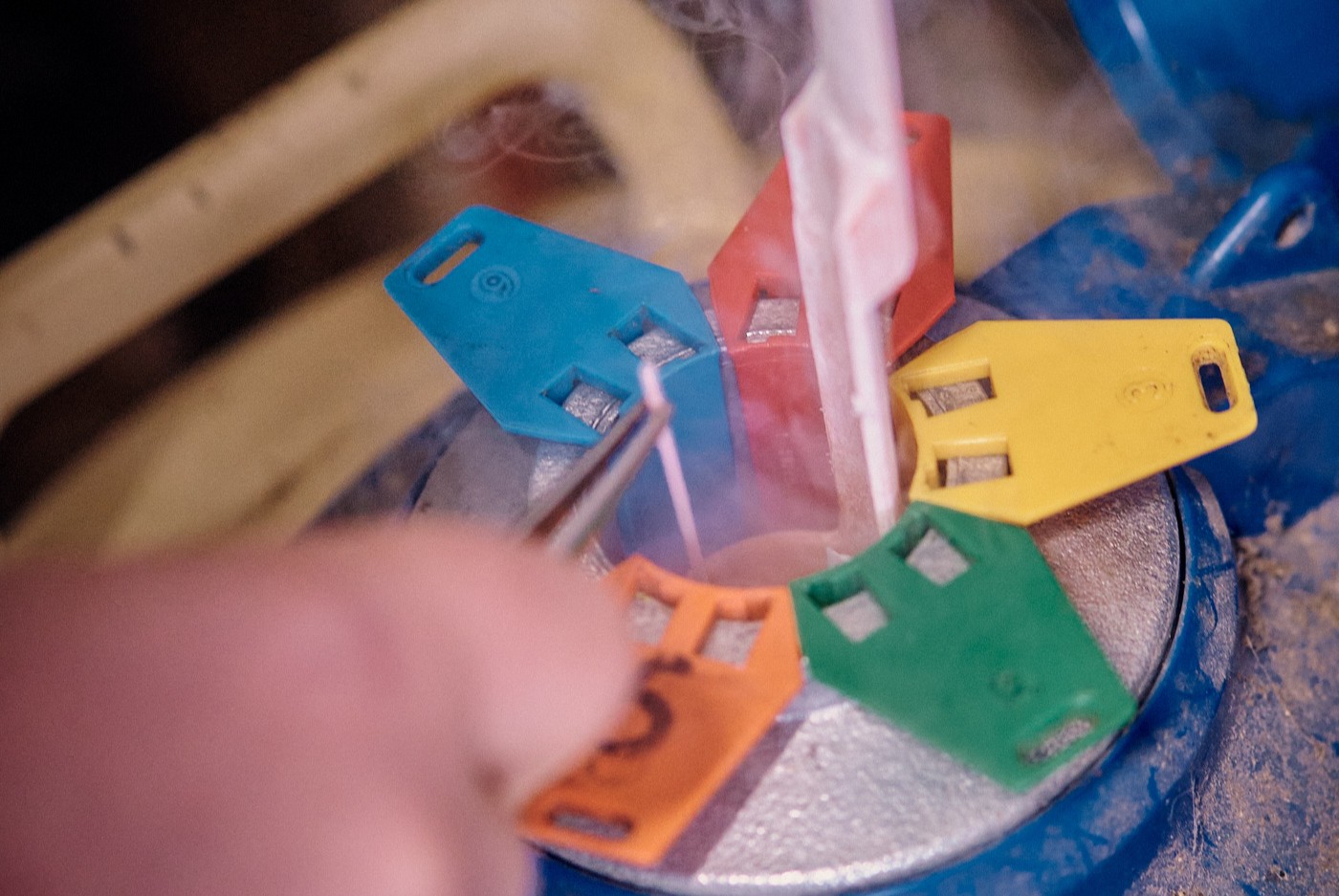
Breeding
Targeted breeding strategies can reduce methane intensity while improving productivity, fertility, and longevity. Using tools like the AHDB EnviroCow index alongside genomic testing of youngstock, helps identify and breed from the most efficient animals for long-term emissions reduction.
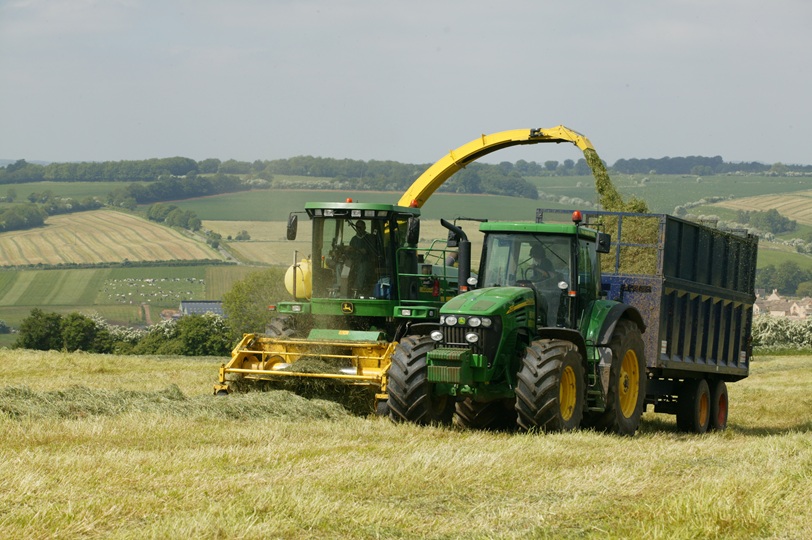
Forage quality
High-quality home-grown forage reduces dependence on bought-in feeds and cuts greenhouse gas emissions per kilogram of milk. Monitoring silage and grazing swards, adopting best practice and integrating high-sugar grasses into reseeding plans all help improve forage quality, utilisation and animal performance.
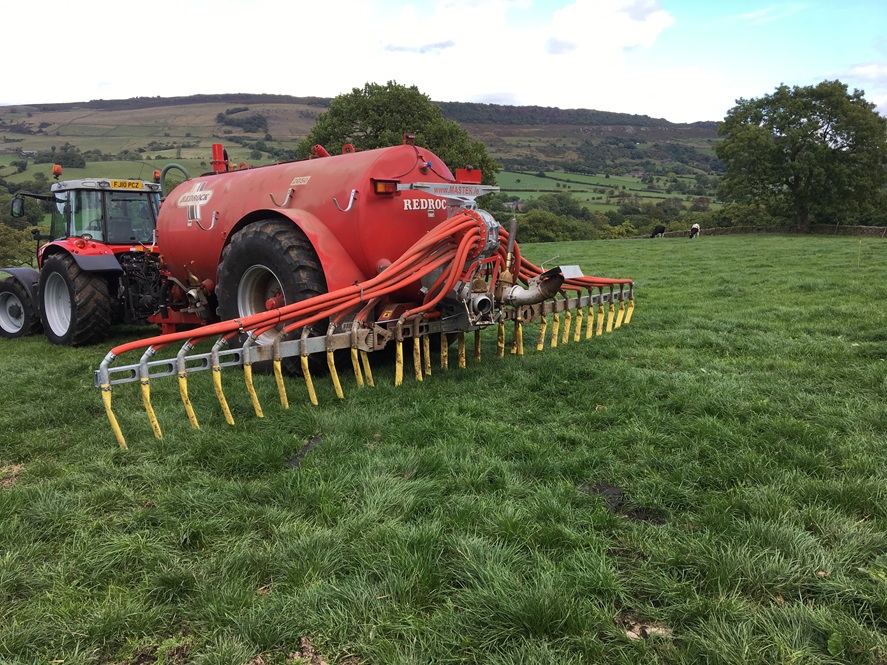
Animal nutrition
Optimising rations can directly lower methane emissions. Adjusting diets to increase starch and fat content, reduce indigestible fibre and balance protein with protected amino acids can reduce enteric methane and nitrogen losses. Working with a nutritionist ensures diets are both effective and efficient.
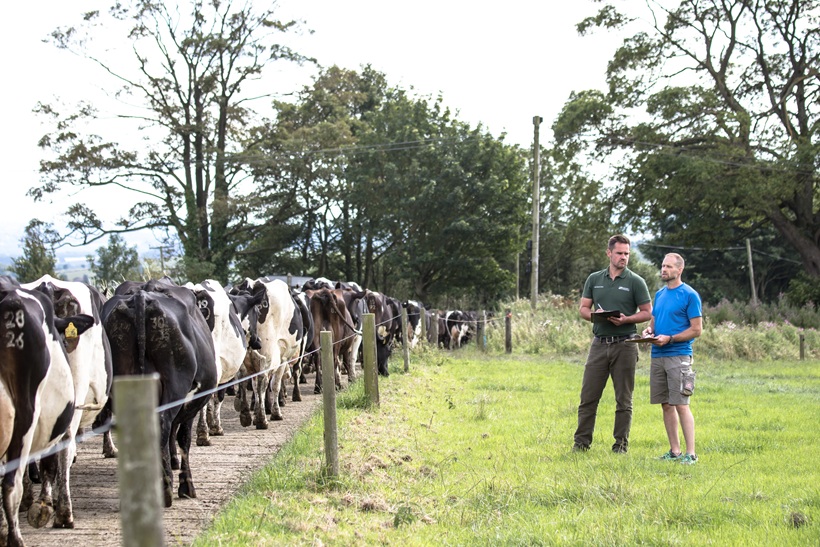
Animal health
Improved animal health reduces emissions by preventing yield losses. Tackling lameness, mastitis, calf losses and endemic disease through structured plans and early intervention supports higher productivity and better environmental outcomes per litre of milk.
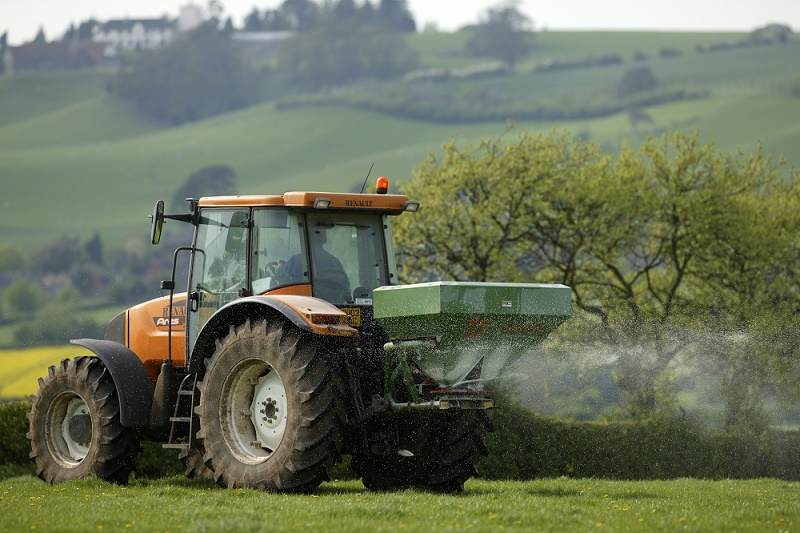
Fertiliser and nutrient use
Replacing synthetic nitrogen with clover and other legumes supports natural nitrogen fixation and reduces fertiliser use. Switching to protected urea helps cut nitrous oxide emissions. With agronomic support, these changes reduce environmental impact without compromising growth.
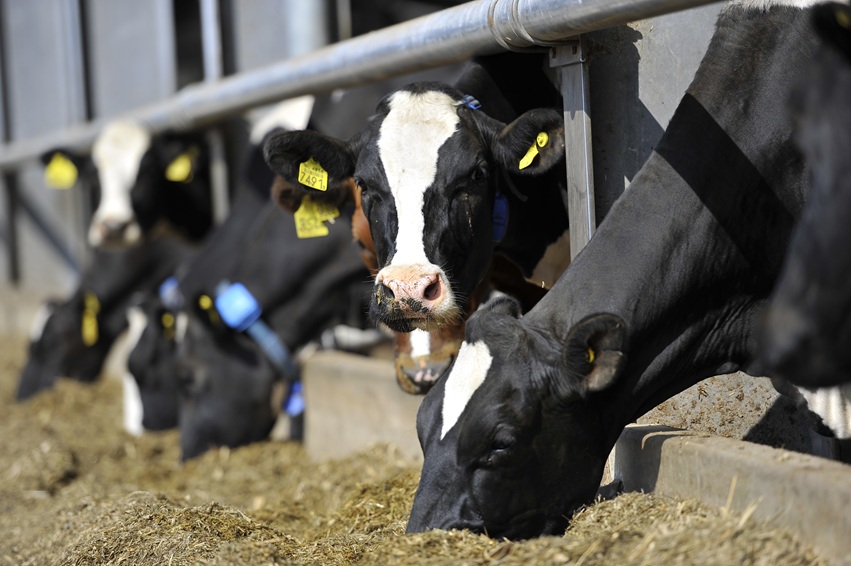
Nutrition management
Precision nutrient management, including GPS soil testing, variable-rate applications, and low-emission slurry spreading, helps target inputs more effectively. This improves soil health, reduces nutrient losses and enhances the efficiency and sustainability of crop production.
